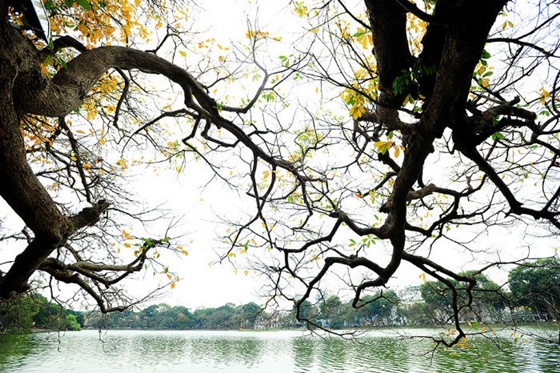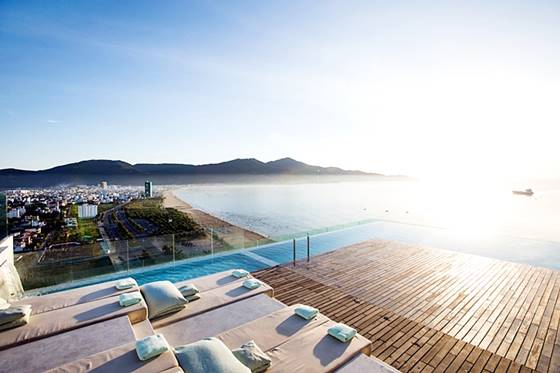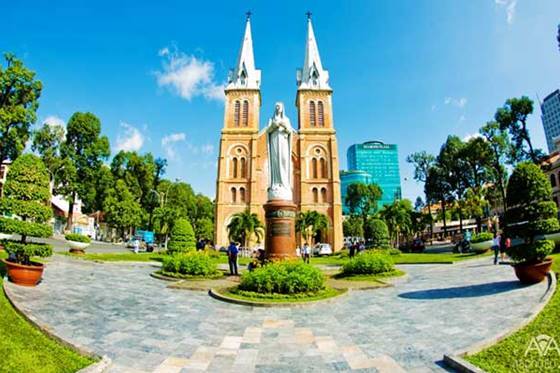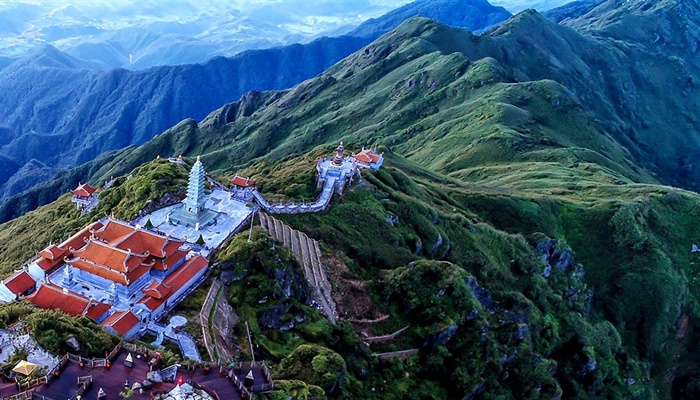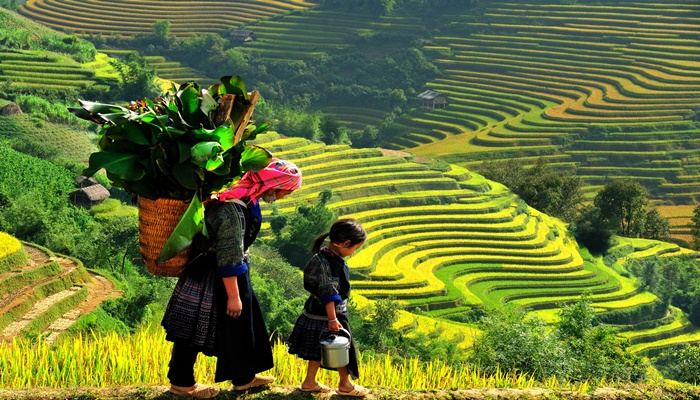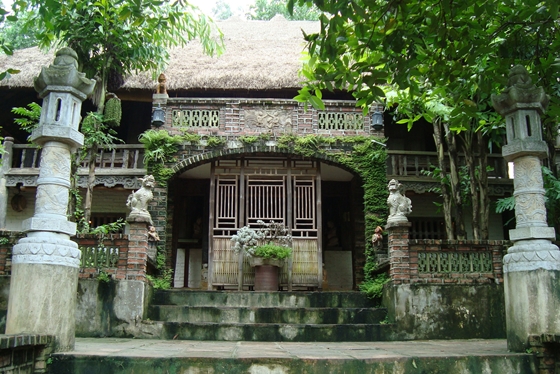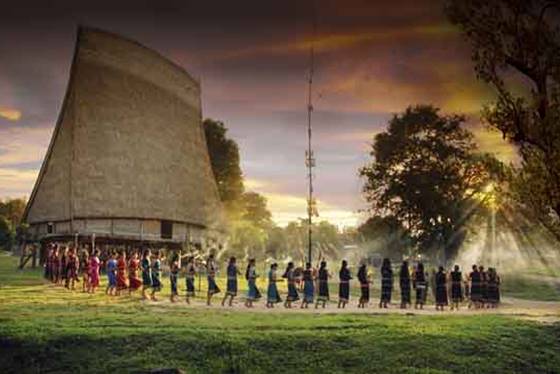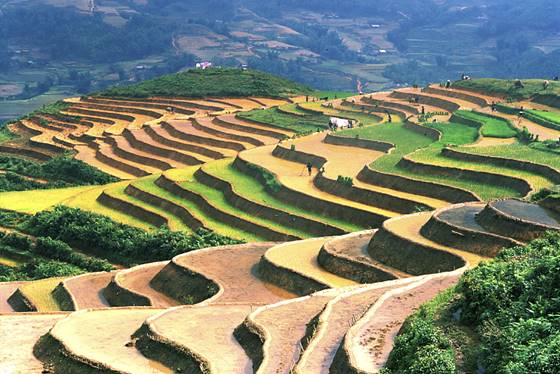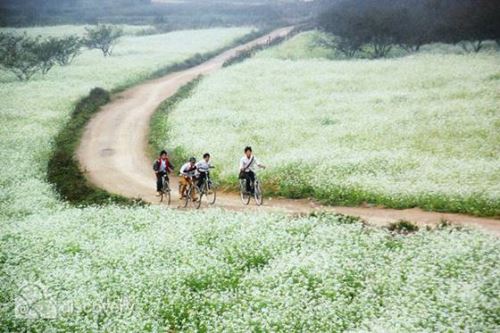Sapa is a mountainous town in Northen Vietnam where you write poem, have your cameras on for most of your time, cheer over a community wine pot, learn to appreciate indigenous culture or just to escape Hanoi heat and city noise.
Being one of the most attractive tourism destinations of the country, Sapa is a precious gift that Mother Nature dedicates to Vietnam.
Overview & history
Among several mysterious and charming mountainous destinations, Sapa is not only one of the most popular, but also most unique and mesmerized locations that could not be found elsewhere in Vietnam.
Read moreAmong several mysterious and charming mountainous destinations, Sapa is not only one of the most popular, but also most unique and mesmerized locations that could not be found elsewhere in Vietnam.
Lying at 38 kilometers far from Lao Cai Township and 376 kilometers from Ha Noi, the hanging garden Sa Pa was discovered by a Western person in the end of the 19th century. To reach this place, people can follow two ways: one way from Lao Cai Township and another from Binh Lu (Lai Chau), by different means of transporting like trains, cars or motorbikes.
In the 40s, the French people projected and made Sa Pa become an ideal place for resting and convalescing with full equipments and facilities like good hydroelectricity system, water providing station, governor general edifice, chief envoy building, coal department, treasury, forest management system, asphalted roads, and especially more than 200 villas with the Gothic architectural style in the 19th century of Europe in the central of the township, lying among peach forests and samu trees. This has brought the township the form of a European city.
Staying at the height of 1,500 meters above the sea level, Sa Pa used to be a small high land with the name of Lo Suoi Tung. The current name Sa Pa originated from Pekinese language. The word “Sa Pa” means “sand bank”. This place was named Sa Pa because in the old time, there was only a sand bank where the local residents organized kermis before a township was established.
Sa Pa has been known about its pure, temperate atmosphere and beautiful landscapes. In 1909, a convalescence and medical treatment area was built up. In 1917, a tourism office was founded in Sa Pa and one year later, the French people started to build up their first villas. In 1920, the railway Ha Noi - Lao Cai was completed and Sa Pa then was thought of as the summer capital of the North.



